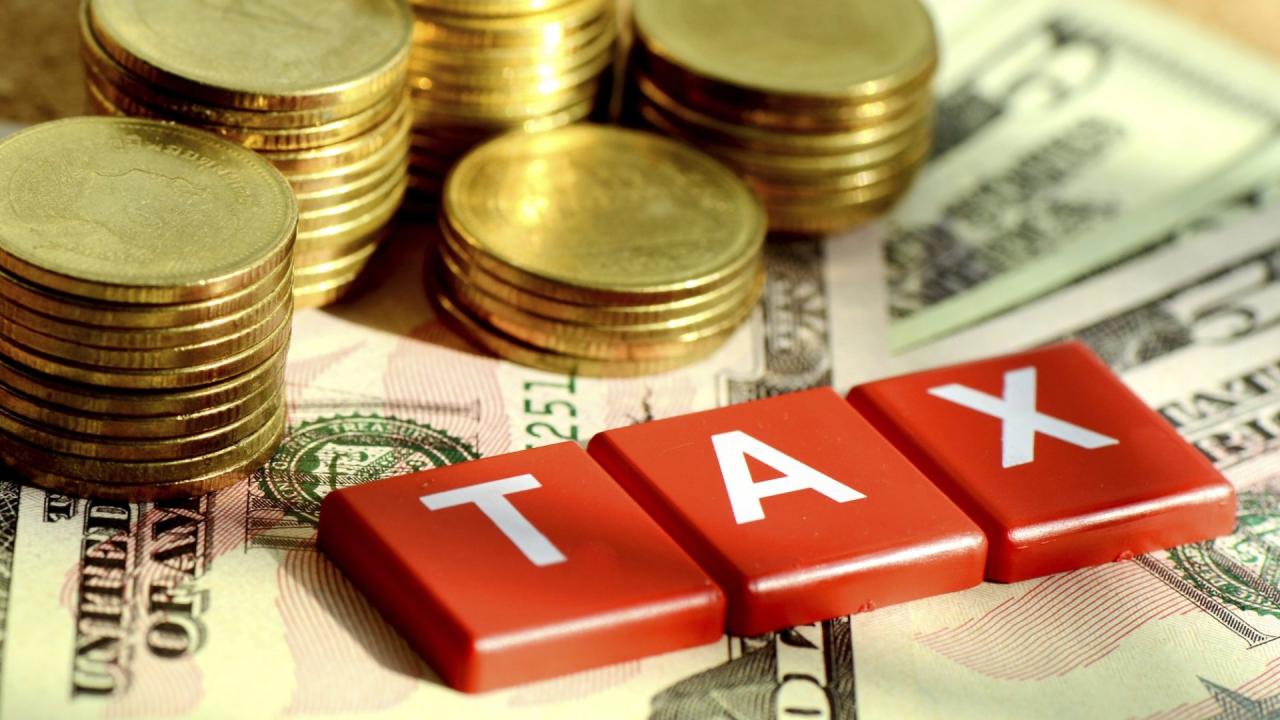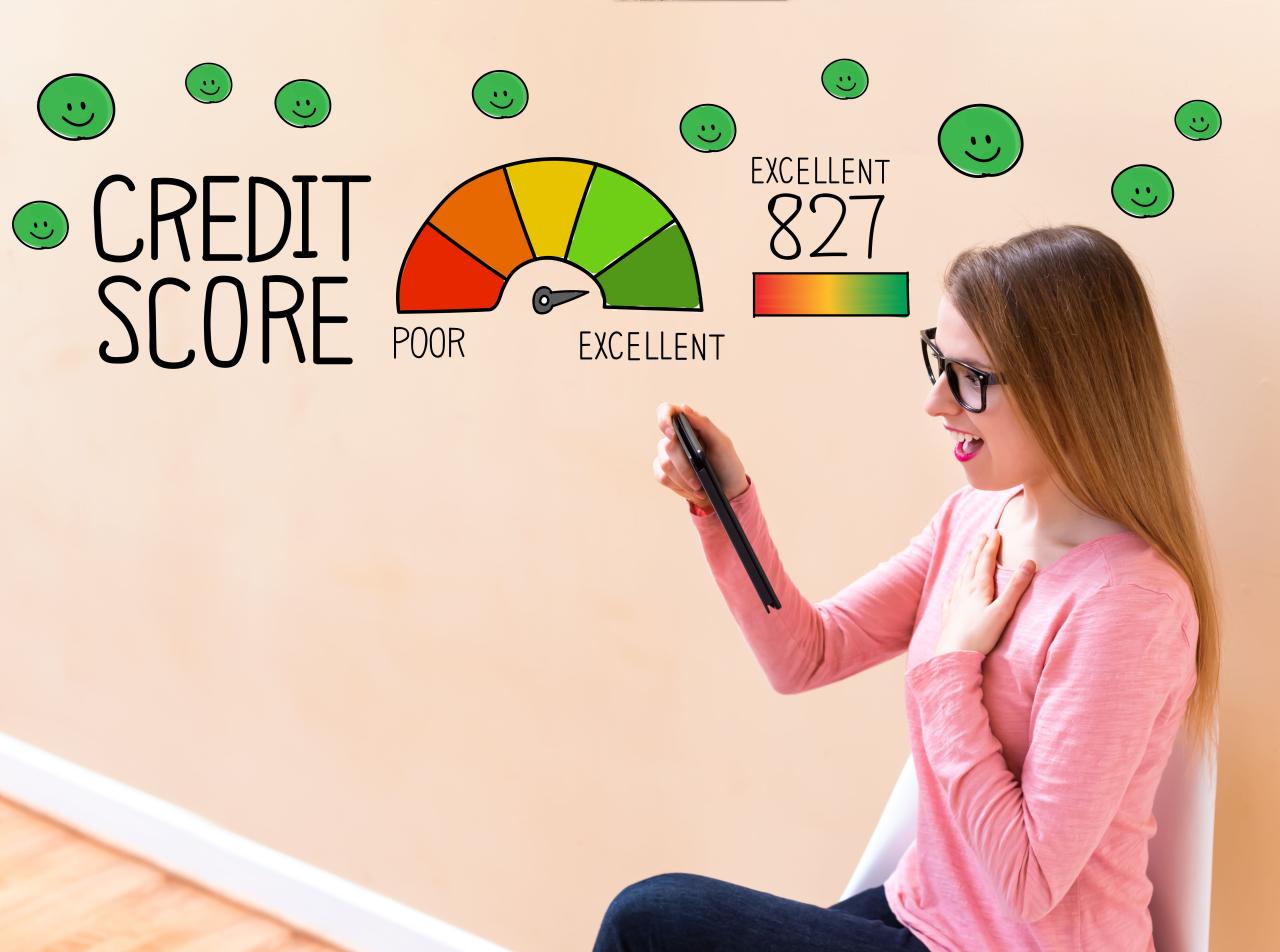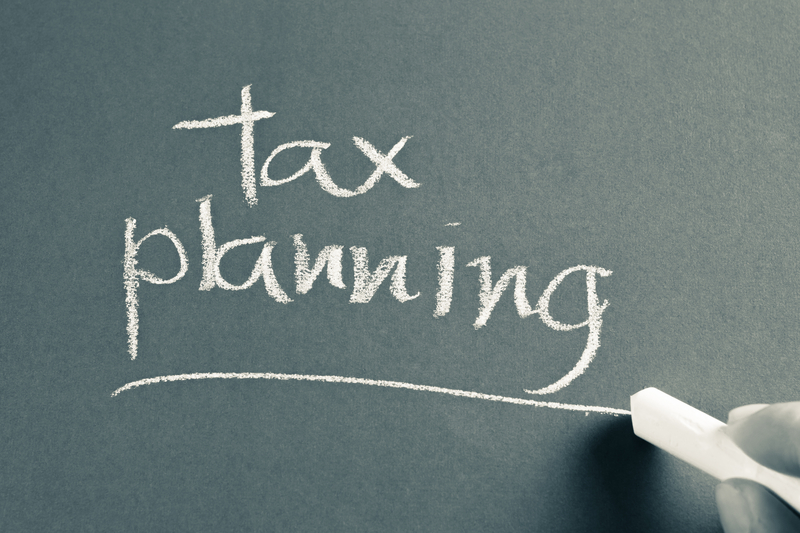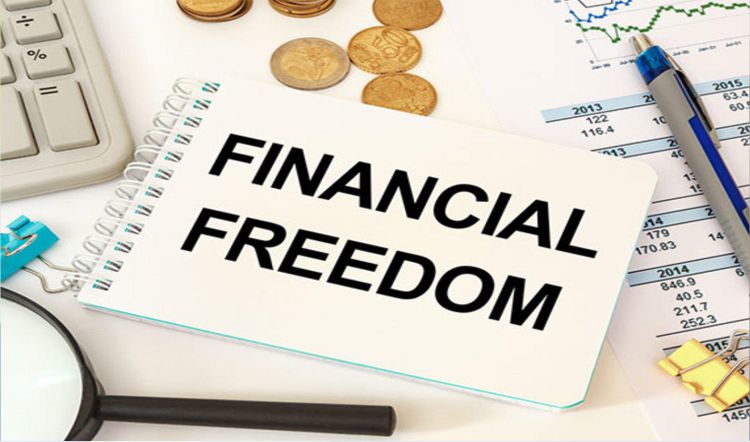What is Inflation and Why Does It Matter?
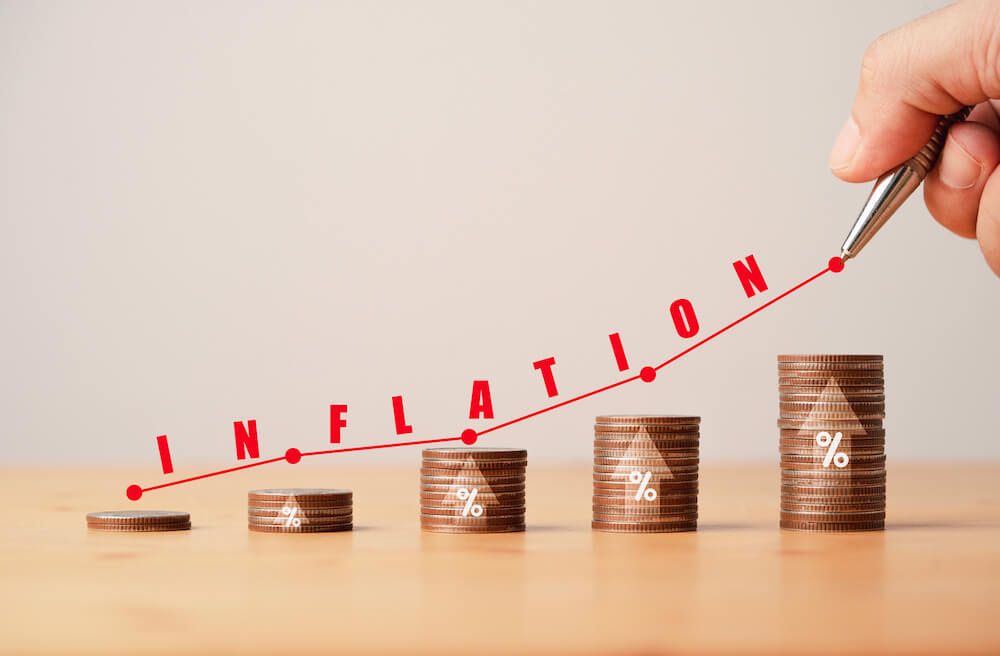
At its simplest, inflation refers to the rate at which the general level of prices for goods and services is rising, and consequently, the purchasing power of currency is falling. If inflation is 5%, then what cost Rp100,000 today will cost Rp105,000 next year.
A. Core Concepts of Inflation
Understanding these basic principles is foundational.
A. Purchasing Power Erosion: The most direct impact. Your money buys less over time. A fixed sum of money today will have less value in the future.
B. Measurement: Inflation is typically measured using price indexes.
A. Consumer Price Index (CPI): The most common measure, tracking the average change over time in the prices paid by urban consumers for a market basket of consumer goods and services (e.g., food, housing, transportation, medical care).
B. Producer Price Index (PPI): Measures the average change over time in the selling prices received by domestic producers for their output. It can be an indicator of future consumer inflation.
C. Personal Consumption Expenditures (PCE) Index: The U.S. Federal Reserve’s preferred measure of inflation, which tends to capture a broader range of consumer spending.
C. Inflation Rate: The percentage change in a price index over a specific period (e.g., year-over-year).
D. Deflation: The opposite of inflation, where prices generally fall over time. While sounding good, sustained deflation can be very damaging to an economy, discouraging spending and investment.
E. Disinflation: A slowdown in the rate of inflation, meaning prices are still rising, but at a slower pace.
B. Causes of Inflation
Inflation is a multifaceted phenomenon, usually driven by a combination of factors.
A. Demand-Pull Inflation: Occurs when aggregate demand in an economy outpaces the economy’s ability to produce goods and services. Too much money chasing too few goods.
A. Strong Consumer Spending: Buoyant consumer confidence and increased disposable income.
B. Government Spending: Large fiscal stimulus packages.
C. Easy Monetary Policy: Low interest rates and increased money supply by central banks.
B. Cost-Push Inflation: Occurs when the costs of producing goods and services rise, forcing businesses to pass those increased costs onto consumers in the form of higher prices.
A. Wage Increases: Rising labor costs.
B. Supply Chain Disruptions: Shortages of raw materials or components, transport bottlenecks.
C. Energy Price Spikes: Increases in the cost of oil, gas, or electricity.
D. Natural Disasters/Geopolitical Events: Events that disrupt production or supply of key commodities.
C. Built-in Inflation (Wage-Price Spiral): A self-fulfilling prophecy where workers demand higher wages to compensate for rising prices, and businesses respond by raising prices further to cover higher labor costs, creating a cycle.
D. Monetary Factors: Excessive growth in the money supply without a corresponding increase in goods and services can devalue the currency, leading to higher prices.
The Multifaceted Impact of Inflation
Inflation doesn’t affect everyone equally and its impact ripples through various aspects of the economy and personal finance.
A. On Purchasing Power and Savings
A. Erosion of Savings: Money held in low-interest savings accounts or cash loses value over time. If inflation is 5% and your savings account yields 1%, your real return is -4%.
B. Higher Cost of Living: Everyday expenses for food, transportation, housing, and utilities increase, straining household budgets.
C. Fixed Income Stress: Individuals on fixed incomes (e.g., retirees relying solely on pensions or social security not adjusted for inflation) experience a significant decline in their real standard of living.
B. On Debt and Lending
A. Benefits for Borrowers (in some cases): For those with fixed-rate debt (like a mortgage), inflation can effectively reduce the real value of their debt over time. You repay loans with money that is worth less than when you borrowed it.
B. Challenges for Lenders: Lenders face a decline in the real value of future loan repayments. This leads them to demand higher interest rates (inflation premium) to compensate for expected inflation.
C. Variable Rate Debt Risk: For those with variable-rate debt, rising interest rates (often a central bank response to inflation) can lead to significantly higher monthly payments.
C. On Investments
A. Bonds: Fixed-rate bonds are generally hurt by rising inflation because the fixed interest payments lose purchasing power.
B. Stocks: The impact on stocks is more nuanced.
A. Negative: High inflation can squeeze corporate profit margins due to rising costs, and higher interest rates (to combat inflation) can make borrowing more expensive for companies and reduce the present value of future earnings.
B. Positive (for some): Companies with strong pricing power that can pass on higher costs to consumers may fare better. Sectors like energy and materials can benefit.
C. Real Estate: Often considered a good inflation hedge because property values and rents tend to rise with inflation.
D. Commodities: Raw materials like gold, oil, and agricultural products are often seen as inflation hedges because their prices tend to rise during inflationary periods.
D. On Economic Stability and Growth
A. Uncertainty: High or volatile inflation creates economic uncertainty, making it harder for businesses to plan and invest, which can stifle economic growth.
B. Distorted Signals: Price signals become distorted, leading to inefficient allocation of resources.
C. Central Bank Dilemma: Central banks face a difficult balancing act between controlling inflation and supporting economic growth. Aggressive interest rate hikes to curb inflation can trigger a recession.
D. Reduced International Competitiveness: If a country’s inflation rate is significantly higher than its trading partners, its exports become more expensive, potentially harming its balance of trade.
Strategies for Protecting Your Assets from Inflation
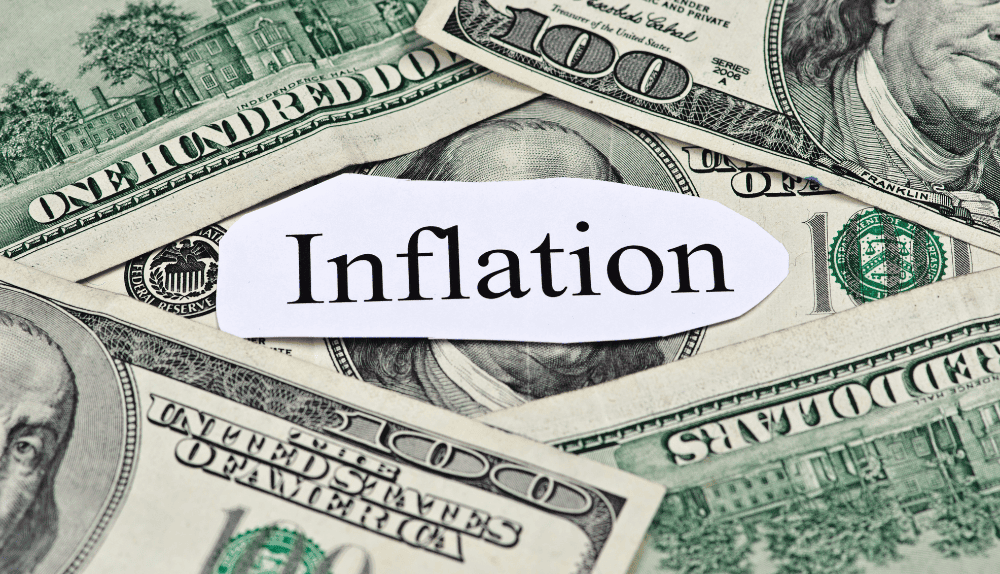
Navigating an inflationary environment requires a strategic approach to your finances and investments.
A. Increase Your Income and Cash Flow
The most direct way to combat inflation is to earn more.
A. Salary Negotiation: Regularly negotiate for salary increases that at least match, if not exceed, the inflation rate.
B. Skill Development: Invest in continuous learning and skill development to increase your earning potential and market value.
C. Side Hustles/Diversified Income: Explore additional income streams (freelancing, gig economy work, starting a small business) to supplement your primary income.
D. Passive Income Streams: Develop passive income sources (e.g., rental properties, dividend stocks, royalties) that can provide a steady flow of inflation-adjusted income.
B. Optimize Your Savings and Cash Holdings
Keeping too much cash in low-yield accounts is a losing battle against inflation.
A. High-Yield Savings Accounts: Move excess cash from traditional bank accounts to high-yield savings accounts that offer interest rates closer to or above the inflation rate.
B. Money Market Funds: Consider money market funds for short-term savings that offer slightly higher yields than savings accounts.
C. Minimize Cash Holdings: Only keep what you need for immediate expenses and an emergency fund in cash. Invest the rest.
C. Strategic Investment in Inflation-Hedged Assets
Direct your investments towards assets historically known to perform well during inflationary periods.
A. Real Estate:
A. Rental Properties: Rents can be increased over time, providing an income stream that adjusts with inflation. Property values also tend to appreciate.
B. REITs (Real Estate Investment Trusts): Offer a liquid way to invest in diversified real estate portfolios, often paying high dividends which can grow with inflation.
B. Commodities:
A. Gold: Traditionally viewed as a safe-haven asset and an inflation hedge, as its value tends to rise when confidence in fiat currencies declines.
B. Other Raw Materials: Investments in energy (oil, gas), industrial metals, and agricultural commodities can perform well as their prices increase due to inflation.
C. Commodity ETFs: Offer diversified exposure to various commodities without direct physical ownership.
C. Inflation-Protected Securities (e.g., TIPS in the U.S.):
A. Treasury Inflation-Protected Securities (TIPS): Government bonds where the principal value adjusts with inflation (measured by CPI). Your interest payments also adjust, providing a real (inflation-adjusted) return.
B. Inflation-Linked Bonds: Similar products exist in other countries.
D. Stocks of Companies with Pricing Power:
A. Strong Brands: Companies with strong brand loyalty and essential products can more easily pass on increased costs to consumers without losing market share.
B. Essential Services/Goods: Utilities, healthcare, consumer staples tend to be more resilient as demand remains relatively stable.
C. Low Debt Levels: Companies with low debt are less impacted by rising interest rates.
D. Manage Your Debt Wisely
Inflation’s impact on debt can be a double-edged sword.
A. Fixed-Rate Debt Advantage: If you have fixed-rate debt (e.g., a 30-year fixed mortgage), inflation can work in your favor by eroding the real value of future payments.
B. Avoid Variable-Rate Debt: Steer clear of significant variable-rate debt, as interest rates tend to rise in response to inflation, increasing your monthly payments.
C. Prioritize High-Interest Debt Repayment: High-interest debt (like credit card balances) will only grow faster as interest rates rise. Pay these down aggressively to free up cash flow.
E. Diversify Your Portfolio Broadly
Diversification is always critical, but even more so during inflationary periods, as different assets respond differently.
A. Across Asset Classes: Don’t put all your money in one type of asset. Combine stocks, bonds, real estate, and commodities.
B. Across Geographies: Invest internationally to diversify against country-specific inflation rates and economic cycles.
C. Across Industries: Diversify within your stock portfolio across various sectors.
Advanced Considerations and Proactive Measures
Beyond direct investment strategies, a holistic approach to inflation protection involves broader financial planning.
A. Review Your Budget and Control Spending
A. Identify Non-Essential Spending: In an inflationary environment, carefully review your budget and identify areas where you can cut discretionary spending to free up cash.
B. Seek Value: Be a savvy consumer. Compare prices, look for sales, and consider generic brands.
C. Re-evaluate Subscriptions: Cancel unused subscriptions that are draining your monthly budget.
B. Invest in Yourself (Human Capital)
A. Skills Development: Acquire new skills or refine existing ones that are in high demand. This increases your value in the labor market and gives you more leverage for salary increases.
B. Career Advancement: Focus on career growth opportunities that can lead to promotions and higher income.
C. Adjust Your Retirement Planning
A. Increase Contributions: If possible, increase your monthly contributions to retirement accounts to offset the impact of inflation on your future purchasing power.
B. Re-evaluate Retirement Expenses: Periodically re-estimate your retirement expenses, factoring in projected inflation, to ensure your savings goal remains adequate.
C. Investment Mix: Ensure your retirement portfolio includes assets with good inflation-hedging properties for the long term.
D. Understand Inflation’s Impact on Tax Brackets and Deductions
A. Bracket Creep: In some tax systems, inflation can push individuals into higher tax brackets even if their real income hasn’t increased, a phenomenon known as “bracket creep.”
B. Deduction Erosion: Fixed dollar deductions or credits may lose their real value due to inflation if they are not indexed.
C. Tax-Efficient Strategies: Emphasize tax-efficient investment strategies to minimize the impact of taxes on your inflation-adjusted returns.
E. Monitor Economic Indicators
Stay informed about inflation data and central bank policies.
A. Central Bank Statements: Pay attention to announcements from your country’s central bank (e.g., Bank Indonesia, Federal Reserve). Their stance on inflation and interest rates will directly impact your financial environment.
B. Economic Reports: Follow key economic indicators like CPI, PPI, GDP, and employment reports to gauge inflationary pressures.
The Long-Term Perspective
Inflation is not a new phenomenon; it has been a constant feature of economies throughout history. Acknowledging this long-term perspective is crucial for effective financial planning.
A. Historical Context
A. Post-War Booms: Periods after major wars often see inflation due to pent-up demand and supply shortages.
B. Oil Shocks: The 1970s saw significant inflation driven by oil price spikes.
C. Central Bank Mandates: Modern central banks largely have a dual mandate of price stability (controlling inflation) and maximum sustainable employment.
B. The Importance of Real Returns
When evaluating investment performance, always look at real returns – the return after accounting for inflation. A nominal return of 8% with 5% inflation is a real return of only 3%. This real return is what truly grows your purchasing power.
C. Adapting to Different Inflationary Regimes
Inflation can vary in its nature – it can be temporary, persistent, high, or moderate. Your strategies should be flexible enough to adapt. A period of high inflation might call for more aggressive hedges, while moderate inflation requires consistent long-term growth.
Conclusion
Inflation is an inescapable economic reality that demands proactive attention from every individual and business. Its insidious ability to silently erode wealth underscores the urgent need for a well-thought-out financial defense. By deeply understanding its causes and widespread impact, and by diligently implementing a strategic blend of asset protection tactics—from optimizing income and cash holdings to making smart investment choices in inflation-hedged assets and managing debt wisely—you can build significant financial resilience. The journey to safeguarding your wealth in an inflationary environment is continuous, requiring vigilance, adaptability, and a commitment to lifelong financial literacy. By taking these proactive steps, you not only protect your hard-earned money but also secure a more stable and prosperous financial future for yourself and your loved ones. Don’t let inflation diminish your aspirations; empower yourself with the knowledge and strategies to thrive.




